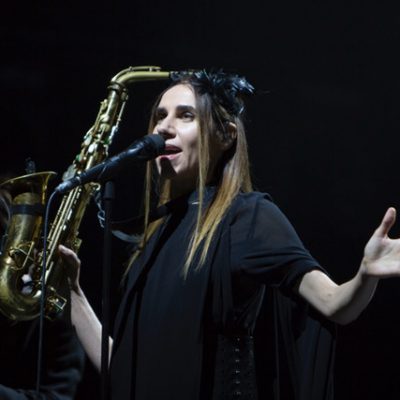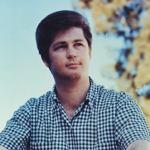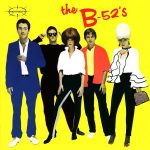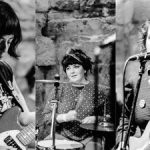PJ Harvey: The Hope Six Demolition Project. Playhouse, Edinburgh. By Neil Cooper
August 9, 2017
Support independent, non-corporate media.
Donate here!

Distant drums usher in the first of two special Edinburgh International Festival shows by PJ Harvey and a nine piece band performing her 2016 album, The Hope Six Demolition Project. Conceived during trips to Kosovo, Afghanistan and Washington DC with film maker and photographer Seamus Murphy, the result was a record as much journalese as work of art. It tapped into global concerns of poverty and the effects of war by way of a swathe of musical influences fleshed out with a driving percussive edge. The title itself was drawn from a project in Washington where rundown housing was demolished to make way for new dwellings. The result was that the original residents were priced out of the neighbourhood, such is the universal curse of gentrification and social cleansing. Perhaps this is why Harvey and her black clad band march onstage like they’re leading a funeral parade, martial drums to the fore. Harvey herself walks barely noticeable at the procession’s centre, the only woman of the party looking like a Lorca heroine in mourning, clutching a saxophone as she goes.
As Harvey lines up as part of the three piece horn section, the pounding introduction gives way to Chain of Keys. When she finally steps up to the microphone, it’s with a controlled power that sees her wield her saxophone like a weapon as she sings. The jaunty The Community of Hope is a people-powered anthem set to a rousing chorus decrying how the ‘hood is being messed up by Walmart’, in a way that got her in trouble with Washington’s local council. Live, the song has fresh resonance, as though Harvey and her own community onstage are willing the audience to rise up.
At times Harvey’s voice sounds close to vintage Patti Smith by way of Grace Slick. While she barely says a word outside of the songs, once she puts down her sax and releases the microphone from its stand, she vamps it up for all she’s worth, throwing shapes as if at a Balkan wedding.
The band is a well-drilled ensemble weaving reinventions of arcane blues and folk idioms into stunning arrangements. Made up of much of the album’s alumni, including long term collaborator John Parish, former Bad Seed Mick Harvey and Gallon Drunk violinist and guitarist James Johnston, they bolster Harvey with an intricate set of hand-clap pulsed chorales. When Terry Edwards plays two saxes at once or simply blares out his solos on Ministry of Affairs, it’s doubly thrilling.
Beyond The Hope Six Demolition Project, the set is peppered throughout with a pick and mix selection culled from Harvey’s back catalogue. Hearing 50 Foot Queenie and To Bring You My Love would be a treat anytime. Fleshed out with horn-led arrangements that still keep their raw heart intact, songs open out into eerier waters. The twin saxes on To Bring You My Love are intense enough to suggest a hitherto undiscovered form of mediaeval classicism.
Where songs such as White Chalk and Dear Darkness are intimate short stories in which Harvey inhabits passing characters for fleeting moments of intensity, The Hope Six Demolition Project is a widescreen epic. It’s just as intense, but with each episodic narrative linked across continents by action and consequence.
As River Anacostia’s ending segues into a massed a cappella finale, it sounds like a redemptive chain gang unleashing their collective spirit on high. After a standing ovation, Harvey and co return for a rip-roaring reinvention of Dylan’s Highway 61 Revisited, before the rolling thunder that has driven the night finally gives way to a raging calm.









